The philosophy that Latin America adheres to in its course of refusing to interfere and take sides in world conflicts seems to be conditioned by history. But at the same time, its formation is associated with a number of different controversial and ambiguous aspects. Perhaps the main emphasis in this issue should be placed on the accumulated experience of independent politics and non-blocism. But how does historical experience influence the current attitude of Latin American politicians towards their foreign policy course? Politicians, unless they are revolutionaries, believe that they are the successors and continuers of the course of their predecessors. The predecessors of today’s South American leaders, such prominent figures of their countries as Peron, Allende, Velasco Alvarado spoke about the need for sovereign choice, unobtrusive political interests of others to their countries, but in reality everything was not so rosy. Although they tried to distance themselves from overly strong involvement in the bipolar system of international relations, they could not avoid its influence, since they were part of international relations. The pressure from the structural constraints of the bipolar system was used to its advantage.
For example, Velasco Alvarado played on the contradictions between the USSR and the USA, promoting and developing the economy of his country. In the 1970s, Peru had a conflict with the United States, which was caused by the Government’s refusal to pay compensation for the nationalized property of the International Petroleum oil company. Peru decided to establish diplomatic and trade relations with the Soviet Union as a protest. And in 1974, Peru became the first country in Latin America to purchase Soviet military equipment, and in the same 1974, Peru’s relations with the United States entered a stage of normalization.
In Argentina, Peron, during his first reign, relied on the repayment of the country’s external debts and the accumulation of gold and foreign exchange reserves. The situation was similar in Brazil during the progressive governments of the 1960s and the military governments of the 1970s. Both Argentina and Brazil relied on having a healthy, self-sufficient and independent economy. “Freedom of hands” is what any state needs a healthy economy for. Only this approach could ensure an independent foreign policy on all fronts. Today, the situation in Latin America is not so clear-cut.
The end of the 2010s and the beginning of the 2020s became a serious lesson for politicians around the globe: the pandemic, sanctions wars, various security crises and regional economies… This has taught Latin American politicians to step up and consolidate efforts in the struggle to ensure the sovereignty of their country, which consists of achieving sovereignty in certain sectors: medicine, food security, the energy sector, and, in the case of the latter, this applies not to one single country, but to the whole region. This is evidenced by the relevant documents and plans within the framework of CELAC. With the return of Lula da Silva to power, Brazil once again began to claim to become the leader of modernization and development of the region through South-South cooperation. This is due to the increasingly active participation of Brazilian capital in the main regional credit and financial institutions: the Development Bank of Latin America and the La Plata Fund for Financial Development.
Dilma Rousseff, who has assumed the position of the New BRICS Development Bank, will also make a special contribution to this. However, such an active development still requires the involvement of external resources. In fact, only this can guarantee active development. This has always been the case, but Latin America felt the most vividly during its “golden decade” – a period of significant reduction in social tensions and steady growth of the economies of the region’s states – from 2003 to 2013. However, in today’s ambiguous conditions, the diversification of loans and partners with an emphasis on international ones generates contact between the country’s market and the logic of geopolitical competition.
For example, in 2023, the EU came up with a proposal to invest in a “green transition” in Latin America and invest in the digitalization of the Global Gateway megaproject. In a sense, it was initially considered as an alternative to the Chinese “One Belt, One Road”, which was also developing on the continent. But gradually it became clear that the Chinese did not seek to invest exclusively in those areas that their Latin American colleagues were interested in. First of all, they began to invest in those industries that were necessary for effective competition with the Americans, and then with the Europeans. This suggests that episodes of difficult bargaining, such as the one that the Bolsonaro government conducted with China and the United States over Huawei’s access to the Brazilian market, will become the norm for the region. Gradually, this will not only serve to increase the region’s involvement in the global international agenda, but also develop a number of the most key industries for Chinese colleagues. For the rest, Latin America will have to find the necessary resources on its own. And this is good, because in a certain part they will be less dependent on the world’s largest players. Weaker integration into the global economy will allow for a more independent foreign policy.
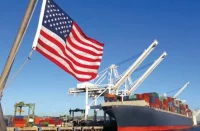
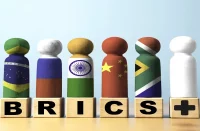

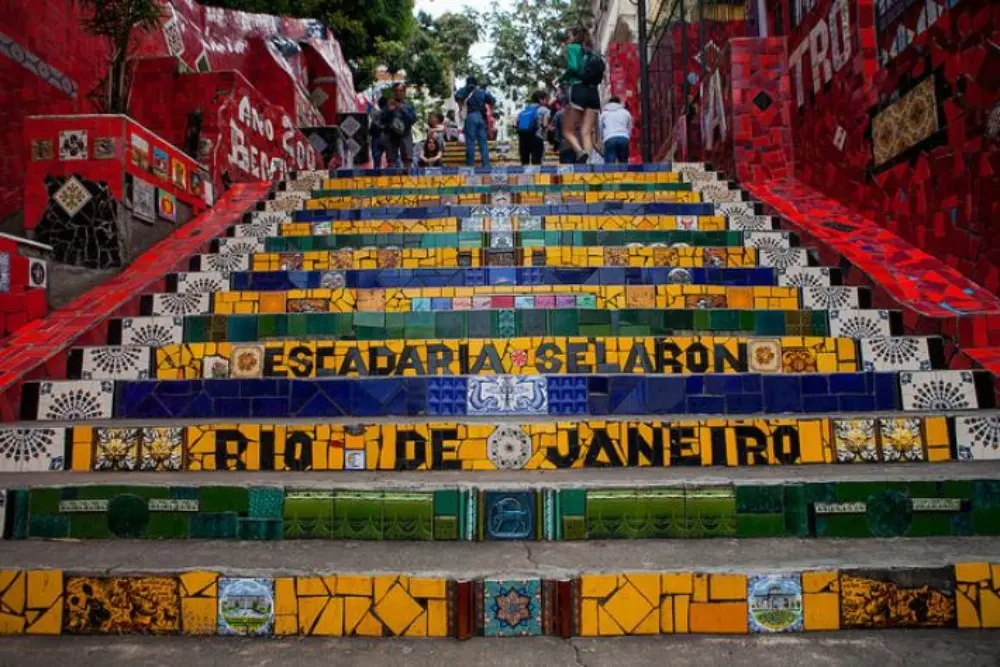

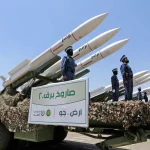

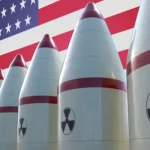

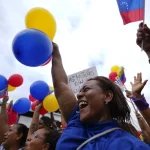





Comments